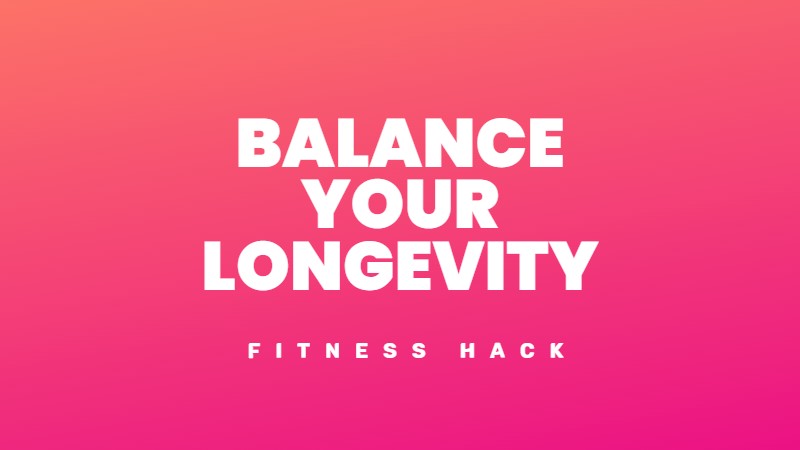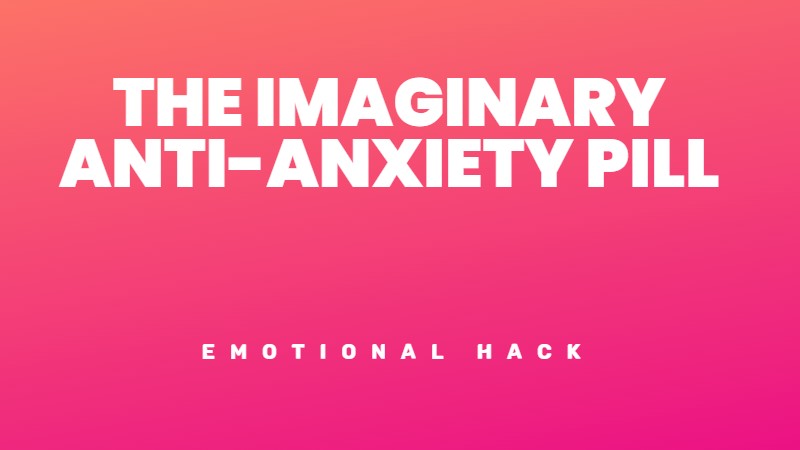Daydreaming is often seen as a waste of time, a sign of boredom or a distraction from more important tasks. But what if daydreaming could actually help you become more creative? According to recent research, letting your mind wander freely might be a source of creative inspiration, depending on what you daydream about.
What is daydreaming?
Daydreaming, also known as mind wandering, is the phenomenon of having thoughts that are unrelated to the present situation or task. It is a natural and common experience that we all engage in every day for about 25-50 per cent of our waking hours. Sometimes, we know that we are daydreaming and can control or direct our thoughts. Other times, we are unaware that our mind has drifted away, and we are surprised when we snap back to reality.
How does daydreaming affect creativity?
Creativity is the ability to produce novel and useful ideas or products. It involves two main processes: divergent thinking and convergent thinking. Divergent thinking is the generation of many possible solutions or alternatives to a problem, while convergent thinking is selecting and evaluating the best solution or alternative.
Daydreaming can influence both divergent and convergent thinking, depending on the type of daydreaming. Some types of daydreaming can enhance creativity, while others can impair it.
According to a study by Zedelius et al. (2021), two types of daydreaming are particularly beneficial for creativity: personally meaningful daydreaming and fantastical daydreaming.
Personally meaningful daydreaming is when we think about important or relevant things, such as our values, passions or relationships. This type of daydreaming can increase our self-reported creative behaviour, daily inspiration and performance on a creative writing task. This might be because personally meaningful daydreaming can help us connect with our emotions, motivations and identity and stimulate our intrinsic interest and curiosity.
Fantastical daydreaming is when we think about imaginative or unrealistic things, such as magic, aliens or superheroes. This type of daydreaming can also increase our self-reported creative behaviour and daily inspiration, as well as our performance on a creative writing task. This might be because fantastical daydreaming can help us expand our imagination, break free from conventional thinking, and generate novel and original ideas.
On the other hand, some types of daydreaming can be detrimental to creativity, such as unaware or unintentional daydreaming. This is when we lose track of our thoughts and have no control over them. This type of daydreaming can decrease our performance on a divergent thinking task and our self-reported creative behaviour and daily inspiration. This might be because unaware or unintentional daydreaming can impair our attention, focus, and memory and interfere with our problem-solving skills.
How can you use daydreaming to boost your creativity?
The key to using daydreaming as a tool for creativity is to be mindful and intentional about it. Rather than letting your mind wander randomly or habitually, you can choose to daydream about personally meaningful or fantastical things. You can also set aside some time and space for daydreaming and avoid distractions or interruptions, and use prompts or cues to stimulate your daydreaming, such as music, images or words.
By practising mindful and intentional daydreaming, you can tap into your inner source of creative inspiration, enrich your life and work with more novel and useful ideas.




Deixe comentários sobre isso